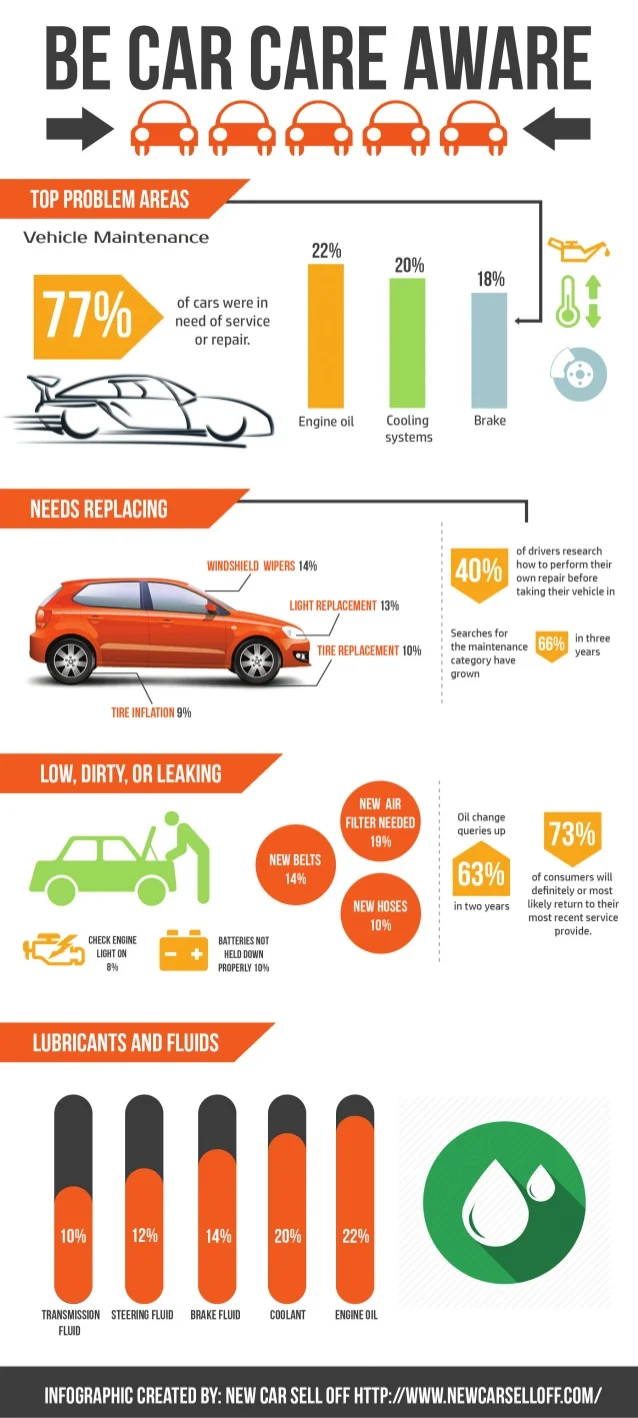Curious About Those Dashboard Caution Lights In Your Auto? Learn What They Imply For Your Lorry'S Health And Safety
Curious About Those Dashboard Caution Lights In Your Auto? Learn What They Imply For Your Lorry'S Health And Safety
Blog Article
Staff Writer-Sykes Shepherd
When you're behind the wheel, those beautiful warning lights on your dashboard can be a little bit perplexing. Do you know what they're trying to tell you concerning your cars and truck's health and wellness? Recognizing the value of these lights is essential for your safety and the durability of your automobile. So, the following time among those lights turns up, wouldn't you want to analyze its message properly and take the required actions to address it?
Common Caution Lights and Interpretations
Determine common warning lights in your automobile and understand their meanings to guarantee secure driving.
One of the most typical caution lights include the check engine light, which signals concerns with the engine or emissions system. If this light begins, it's essential to have your car checked immediately.
The oil stress warning light indicates low oil pressure, calling for instant attention to avoid engine damages.
A flashing battery light might suggest a faulty billing system, possibly leaving you stranded if not dealt with.
The tire pressure surveillance system (TPMS) light notifies you to low tire stress, influencing lorry security and gas efficiency. Neglecting this can lead to risky driving conditions.
The abdominal muscle light suggests an issue with the anti-lock stopping system, jeopardizing your ability to stop promptly in emergencies.
Finally, mouse click for source warning light warns of engine overheating, which can lead to severe damage otherwise fixed quickly.
Recognizing these usual warning lights will aid you resolve issues promptly and preserve safe driving conditions.
Importance of Prompt Attention
Understanding the common warning lights in your cars and truck is only the very first step; the value of immediately addressing these warnings can't be emphasized sufficient to ensure your safety and security on the road.
When a caution light brightens on your dashboard, it's your auto's method of interacting a prospective problem that requires attention. Overlooking these cautions can result in much more serious issues later on, endangering your safety and security and potentially costing you a lot more out of commission.
Motivate attention to advising lights can protect against malfunctions and crashes. For example, a blinking check engine light could show a misfire that, if left ignored, might create damages to the catalytic converter. Addressing this quickly can conserve you from an expensive repair work.
Similarly, a brake system alerting light may signify reduced brake liquid or worn brake pads, critical parts for your safety and security when driving.
DIY Troubleshooting Tips
If you notice a caution light on your dashboard, there are a few DIY fixing suggestions you can attempt before looking for expert help.
The first step is to consult your car's guidebook to comprehend what the certain caution light shows. Sometimes the concern can be as straightforward as a loose gas cap setting off the check engine light. Tightening up the gas cap may deal with the problem.
Another usual issue is a low battery, which can set off various advising lights. Inspecting the battery connections for corrosion and ensuring they're safe and secure may deal with the issue.
If a warning light persists, you can attempt resetting it by disconnecting the automobile's battery for a few minutes and after that reconnecting it. Additionally, inspecting your automobile's fluid levels, such as oil, coolant, and brake fluid, can help troubleshoot cautioning lights connected to these systems.
Verdict
To conclude, recognizing your automobile's warning lights is important for keeping your lorry running smoothly and securely. By immediately dealing with these alerts and knowing what they imply, you can avoid expensive repair services and potential break downs.
Remember to consult car ditailing for specific information on each warning light and take action accordingly to ensure a trouble-free driving experience.
Stay educated, stay secure when driving!
